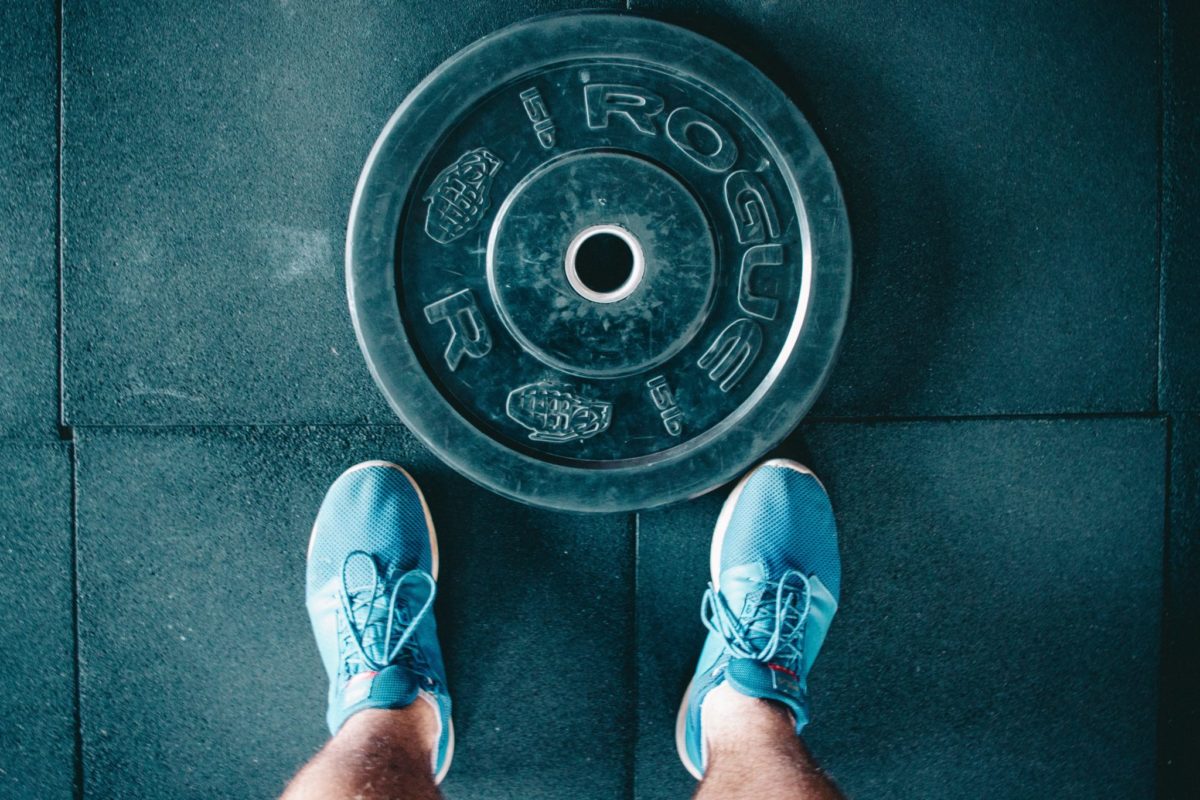If you’re wearing the wrong gear on your feet, it can make you weaker and injury prone.
I bring this up because I see too many people making the wrong shoe choice for their strength training.
Most people overlook a shoe’s functionality for the sake of fashion. And most shoe manufacturers know and capitalize on this. So they do little to change their design in order to better your athletic performance. Truth.
I dare say that it’s a conspiracy. It’s as though they leave fashion out of functional shoes on purpose. It’s the same way that car companies tend to make the ugliest car in their line-up to be the best for the environment. Makes me wonder.
I digress.
Back to you and your shoes. If they don’t meet the right criteria, they won’t promote your optimal physical performance.
First, understand that wearing shoes of any kind can have a negative impact on your body.
Here are a couple of examples:
A Narrow Toe-Box
This is the often narrow, front part of the shoe that protects your toes from the occasional toe-stubbing.
For obvious reasons, that design choice makes sense. But be aware that this tight space is also taking away from the ability of your toes to function as they should.
Over time, the smushing of your toes lessens the space between your bones. That limited space creates joint restriction causing muscles in the feet to weaken and atrophy.
This domino effect leads to compensation at the joints and muscles from the lower leg and up to the hip.
As a result, the over-stress creates a higher risk for breakdown anyplace up the chain of the body.
And all of this is happening to your body because narrow shoe fronts are the norm.
Sole Cushion
They can be thick, thin, spongy, rigid, floppy, or springy. They can be neutral, or have a corrective arch. And the heel can be flat or on a slant. Lots of combinations to choose from!
But whichever you choose, it must be right for your foot AND your activity.
This is because the bottom of your foot has sensory receptors called proprioceptors.
As part of the nervous system, they recognize the amount of pressure and vibration that occurs each time your foot makes contact with the ground. Then they communicate that information to your brain and your muscles up the entire kinetic chain to help you to:
- Know the position of your body in space.
- Recruit the right muscles to create stiffness or drive a movement action. And the intensity your nervous system needs to deliver to control stability and mobility.
- Relax muscles to create the right amount of looseness for freedom of movement.
- Have the right timing and precision for optimal action and reaction.
Most shoe soles create a muffle-like effect on this critical communication. This leads to a reduction in the timing and force output you need for maximum performance.
No doubt you had no idea that the sole of your foot was doing so much for you.
My goal is not to discourage you from wearing shoes. It’s to bring to your attention how a lifetime of wearing them impacts your body and performance.
In the upcoming message to you, I’ll explain the right criteria for your training footwear. So you can make better decisions that’ll keep your foundation in tip-top shape.
Until then, subscribe to my YouTube channel for more insights on becoming an athlete for life.
Your coach,
Adam
Image: Victor Freitas via Unsplash

